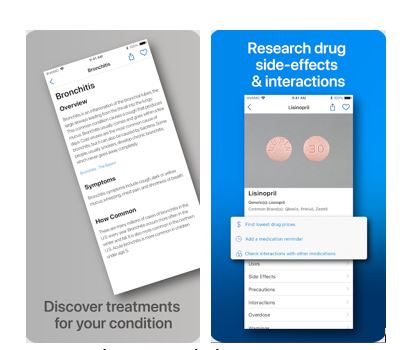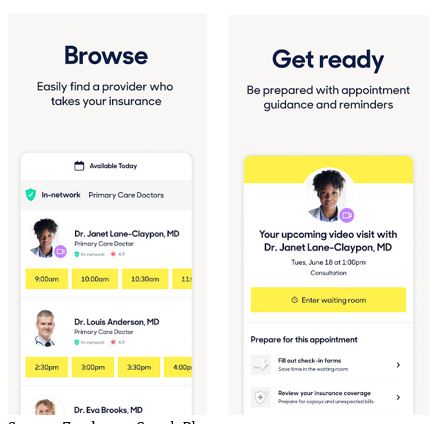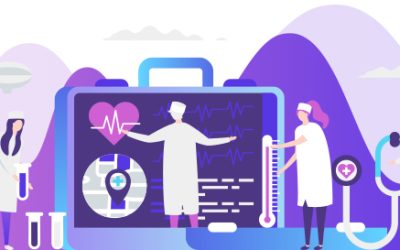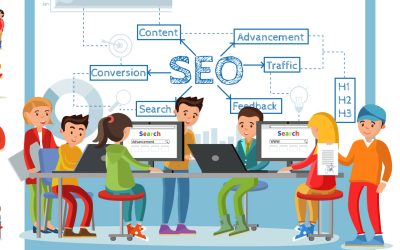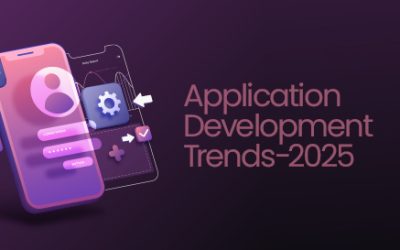COVID-19 has made hospital visits not so safe nowadays. This has compelled the healthcare industry to adopt digital technology to provide better healthcare services online, even in remote locations. The emergence of healthcare application development has made the traditional doctor-patient relationship model rather obsolete. Recently, innovation is creating a buzz in the healthcare sector, called mobile health (mHealth). Providing medical solutions through mobile health apps is an increasingly popular trend in 2021. According to a study done by MarketWatch, “Mobile Health App Market is expected to reach USD 94.14 billion by 2023 – growing at a CAGR of 29.03%”. In fact, individual healthcare providers and organizations are heavily investing in healthcare mobile application development to improve the quality of services and promote self-management behaviors in patients. It has succeeded in making the health sector to become fully digitalized via Smartphones and other wireless technologies.
As healthcare mobile applications provide the much-needed convenience, patients too are more than willing to use these apps. A considerable number of people use mHealth apps to schedule an appointment, review prescriptions, and connect to physicians through a video call for online diagnosis. Although healthcare apps are intended to improve the overall health of the patients, some of these mobile apps features fail to match the patient’s expectations. According to app usage data, most of the healthcare apps have less than 10,000 downloads. There are more than 400,000 healthcare apps available in the app stores, but very few of them have succeeded. In such a situation, a major question that arises is – what do patients really look for in a healthcare mobile application?
Mobile Healthcare Applications – What Do Patients Really Expect?
What key functionalities do patients really expect in mHelath apps? In general cases, patients search for three basic functionalities like – the ability to schedule or cancel an appointment, easy access to medical records, and the ability to request for prescriptions. It is estimated that about 11 percent of hospital apps offer one of the above functionalities.
mHealth apps provide a unique platform for healthcare organizations to improve patient satisfaction by offering key functionalities in the most user-friendly way possible. Here discussed are some important tips that will help understand what patients really want and what areas need to be focused on when developing a healthcare app –
- Easy Access to Functionalities – Having unique functionalities in healthcare app is important, but the basic features should be easily accessible to the end users. Patients will not use an app that adds extra time to what they currently spend on caring for themselves. They always look for an app that helps save time on booking, changing, or canceling the physician’s appointment. If a mobile app requires patients to spend a long time to figure out how it works, chances are that they will no longer use that app. So, whether patients are using a mobile app for booking an appointment or scheduling an online diagnosis, a successful healthcare mobile app should provide easy access to all the necessary functionalities.
- Detailed Information – Patients are quite interested in mobile health apps and platforms as they provide valuable information. Patients always look for information about specific health conditions – their causes and then take action based on the available opportunities. The healthcare app should be designed in such a way that it would seamlessly walk patients through the pool of information about a specific condition.
Source: WebMD on GooglePlay - Patient Community – Adding a community to a healthcare app allows patients to connect and interact with one another. As per a study published in the “Journal of Medical Internet Research”, providing a social platform to patients is a powerful way to enhance healthy behaviors. More than 56 percent of the 217 users surveyed found that the social feature in-app increased their belief that other people wanted them to lead a healthy routine. Adding social features to mHelath apps offers many benefits. For instance, when an individual is diagnosed with a particular illness or disease, he/she would most likely want to connect with people diagnosed with a similar condition. It helps patients feel part of a supportive community and help them engage with the healthcare app.
- Easy Communication with Professionals – mHealth apps should allow patients to freely interact with medical professionals. By providing a unique platform, users can connect and talk with the physicians. These help patients save time and efforts on hospital visits, and allow physicians to interact with patients on a more personal level.
- Integration with Wearable Devices – Wearable devices such as health trackers and Smart Watches are the current trend. According to a new study by Juniper Research, healthcare wearables market will reach $20 billion by the end of 2023. It offers tremendous opportunity to develop a healthcare app that can be easily integrated with wearable devices. The wearable device helps gather critical data like – heart rate, blood sugar, tremors, posture control, sleep patterns, and physical activities. The data can help patients learn more about their fitness routine and gain more control over their health.
- Offers an Amazing Digital Experience – Users prefer a smooth and user-friendly app. Good mobile apps should have a user-friendly UI and provide attractive data visualization that helps to retain and engage patients. In most cases, users tend to prefer pages and designs that have gentle colors. Carefully designed apps keep the target audience group in mind. For instance, an mHealth app designed for older people, should have bigger icons and larger texts for the convenience of the elderly group.
Top Patient-Focused Healthcare Apps
Right from appointment scheduling to medication reminders and analyzing medical records, mHealth apps allow patients to gain more control over their health at their convenience. Here are some top-performing healthcare apps in the United States –
- ZocDoc – The ZocDoc app is a perfect choice for people who are tired of waiting for long periods to get an appointment. The app reduces the hassles of making an appointment with the physician by providing an instant online booking feature.
Source: Zocdoc on GooglePlay - Medisafe – Working as a “virtual pillbox”, Medisafe app sends notifications on the Smartphone at the exact time when patients are supposed to take their medicines. Patients who use Medisafe have experienced remarkable health improvement as it allows them to take medications on time as prescribed and directed by the physician.
- Amwell – Powered by American Well, Amwell is one of the popular telehealth apps in the US. The app offers healthcare services round the clock without any appointments. Using the app, patients can book a virtual urgent care appointment. They can instantly connect to a real physician for face-to-face interaction through a video call.
As technology is taking the lead in healthcare, mobile healthcare apps have become the need of the hour as they have simplified the lives of people to a large extent. Medical application development requires correct understanding about users’ needs and interests. Understanding what patients require in a mobile app is one thing and developing a healthcare app to match higher expectations is another game altogether. A well-designed mobile app allows patients or users to access the information they need anywhere, at any time. To meet app development needs along with digital marketing for healthcare, healthcare providers can partner with an experienced SEO company.


